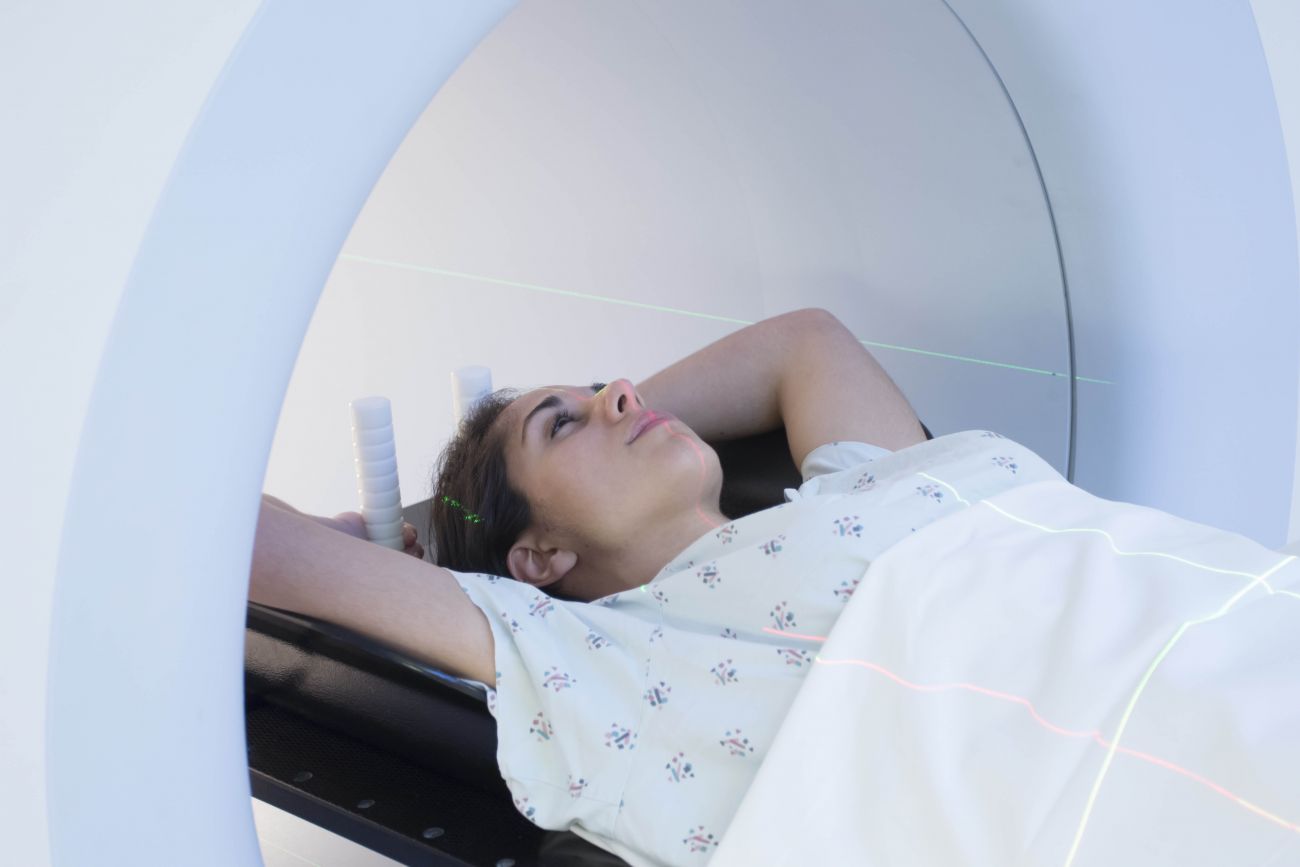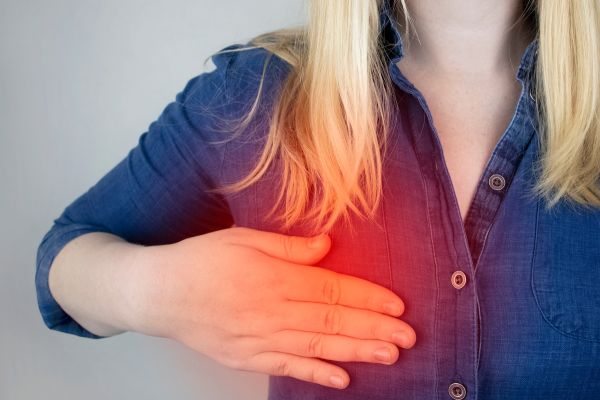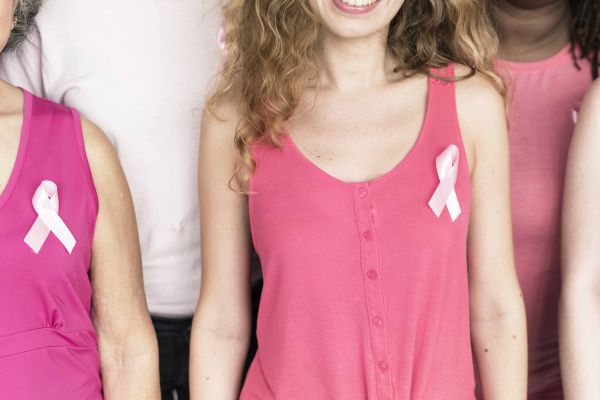The most effective way to find breast cancer in women at the earliest and most treatable stage is through screening mammography.
Mammography detects small masses or changes in the structure of the breast, and it’s the only way to detect one of the early signs of breast cancer — the formation of new calcium deposits (or calcifications) in the breast. No other imaging test —not even ultrasound or magnetic resonance imaging (MRI) — can detect calcifications. If you’re at average risk for breast cancer, you should begin having yearly mammograms at age 40.
However, mammography is not a perfect technology, and it may miss as many as 10-20% of all breast cancers. So can an MRI be used together with a mammogram for better detection?
MRI is not a replacement for mammograms, so if you have an MRI, you should still have your annual mammogram. Why? While an MRI can find cancers that a mammogram may not detect in some women, MRI usually cannot detect an important early indicator of breast cancer – microcalcifications, which are easily seen on a mammogram.
"At Roswell Park, we perform MRIs in some women who are at significantly increased risk of breast cancer, to help identify cancers that might be missed by mammography," says Stephen Edge, MD, FACS, FASCO, formerly of Roswell Park Department of Surgical Oncology.
Mammography at Roswell Park
The first step towards detecting breast cancer is scheduling a mammogram.
MRI is also useful for screening women who have more dense breast tissue. While dense breast tissue is normal, it can make it harder to see cancer on a mammogram. MRI is also used in some women who have already been diagnosed with breast cancer, to help plan treatment and determine whether treatment is shrinking the tumor.
"One problem is that while MRI is somewhat more sensitive than mammography in detecting early breast cancers, sometimes it shows a change in the breast tissue that ultimately proves to be normal breast tissue. We call this a ‘false positive,’” explains Dr. Edge. "Unfortunately, that situation may require a needle biopsy, or even a surgical biopsy, to determine whether the finding on MRI is cancer or not. When MRI is done, it’s important to explain to women that this can happen.”
Who’s at High Risk for Breast Cancer?
Here are some of the factors that can increase a woman’s risk of breast cancer:
- More than two close relatives with breast cancer
- A close family member diagnosed with breast cancer at an early age
- Having a mutation in a gene linked to breast cancer (the most common are called BRCA1 or BRCA2), or having a family member with the mutation
- A personal history of an abnormal breast biopsy
There are ways of estimating a woman’s lifetime risk of getting breast cancer based on family history and other factors. In general, MRIs are used only in women who have a greater than 20% risk of developing breast cancer over the rest of their lifetime. (The average woman has a lifetime risk closer to 8–10%.)
You can check your own breast cancer risk using our Breast Cancer Risk Assessment tool. If you’re concerned about your risk, you may want to be evaluated by the specialists in our Breast Cancer Risk Assessment and Prevention Program for women at above-average risk of breast cancer. The program provides a comprehensive breast cancer risk assessment, regular clinical breast exams, breast imaging — including mammogram, MRI and ultrasound, as necessary — and, when appropriate, genetic counseling and testing. Women in the program are also advised about options for reducing breast cancer risk and informed of available clinical trials related to risk evaluation and cancer.



